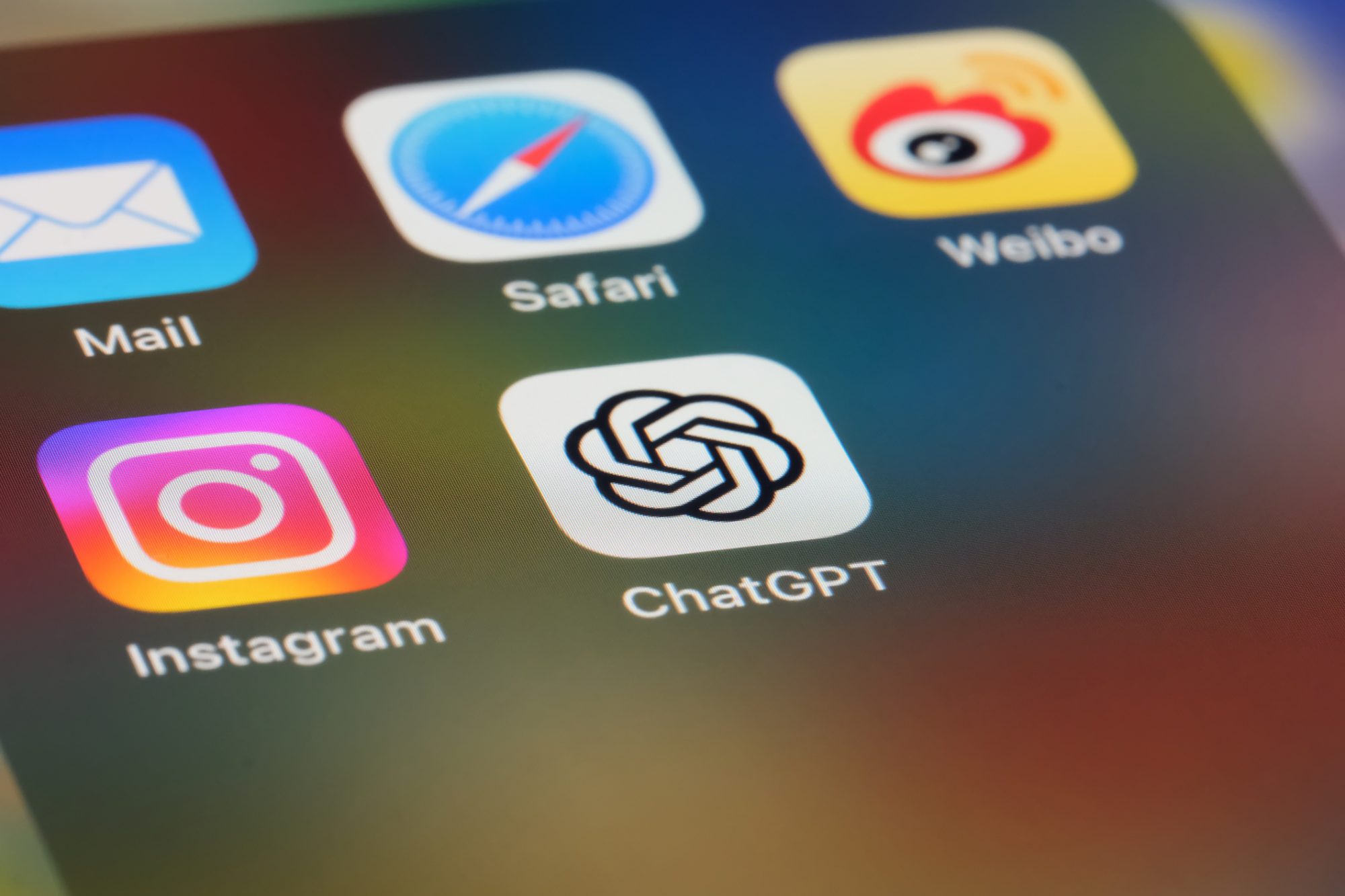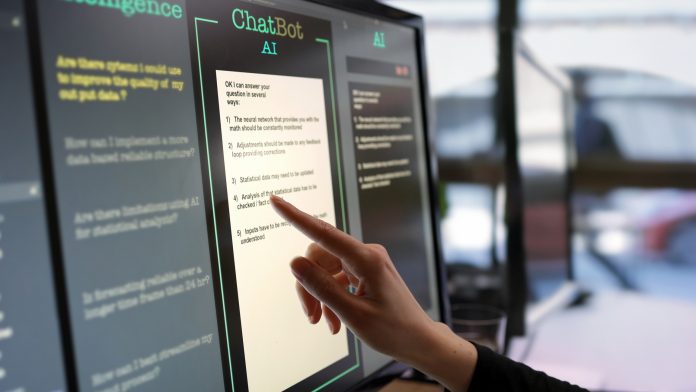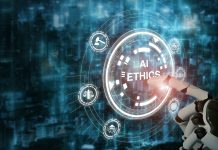The increasing use and power of ChatGPT and other AI-powered tools has generated significant excitement in the office – offering the potential to simplify daily tasks for employees
A recent study showed that 43% of individuals were using AI tools like ChatGPT for work-related projects. This prospect is particularly compelling for public sector organisations burdened with complex structures that often lead to inefficiencies and drawn-out procedures.
Nevertheless, the challenge lies in the adoption of ChatGPT, as decision-makers and business leaders remain uncertain about how to apply it in a way that yields heightened productivity.
To bridge this gap, public sector organisations must be proactive in discovering seamless ways to integrate AI tools into their everyday processes.
Here we explore three primary use cases to effectively leverage the power of ChatGPT and, ultimately, AI within public sector organisations.
Revolutionising customer-centric services
Delivering comprehensive and human-centric customer service is a vital yet expensive endeavour for organisations, especially for those in the public sector.
The delicate balance between providing personalised assistance and managing costs for often cash-strapped institutions can be challenging to achieve. The alternative, relying solely on automated responses, carries the risk of offering a subpar user experience.
Fortunately, the integration of AI-powered tools like ChatGPT provides a way to empower the public sector by enhancing their customer service without incurring significant financial burdens. By leveraging the capabilities of ChatGPT, establishments can navigate a complex terrain of questions while delivering clear information to the public.
Moreover, its capacity for Open AI to learn and adapt with every conversation it engages with enables it to become increasingly proficient in adapting to citizen requests and, therefore, increasingly valuable.
Beyond that, public sector organisations have definite internal databases and knowledge repositories. By integrating ChatGPT with these resources, the system can seamlessly access and retrieve organisation-specific information to provide accurate and contextually relevant responses. This eliminates the need for constant human intervention and expedites the problem-solving process.
Additionally, ChatGPT is a service that never sleeps, operating around the clock to offer consistent and prompt responses to citizen inquiries in the absence of staff. This availability ensures that users receive timely assistance whenever they require it, contributing to an improved overall customer experience.
We have already witnessed several successful examples of chatbots being implemented by the government. Its success has been marked by a 30% reduction in phone calls and emails.
By embracing ChatGPT, public sector organisations can establish a customer service base that balances efficiency and accessibility with personalisation.

Fostering language inclusivity in government
In modern governance, spanning diverse regions, languages, and cultures has become a vital imperative for effective communication and growth. However, the limitations of conventional translation technologies in grasping contextual nuances often compromise the quality of translated content, particularly for intricate, extended content.
Enter ChatGPT to reshape language accessibility in a critical way for many service users. Through training across a multitude of languages and texts, ChatGPT possesses the ability to discern and capture linguistic subtleties crucial for impactful communication.
Streamlining information for the public sector
In the era of hybrid work models, the reliance on email and digital communication platforms for collaboration has surged, leading to a significant allocation of employees’ time towards managing work correspondence. Microsoft’s 2023 Work Trends Index underscores this trend, revealing that employees now dedicate 57% of their time to communication tasks using office software.
As governments seek to optimise their operations and information dissemination, the integration of AI tools emerges as a promising avenue for streamlining communication and enhancing information flow.
By integrating with Microsoft Word or Outlook, ChatGPT can extract and summarise key insights from messages, reports, and emails. This feature enables the tool to distil essential actions from emails and embed them into established workflows. Liberating employees from the time-consuming task of catching up on correspondence which can redirect their energies towards generating value and advancing their organisation’s mission.
Streamlining communication and collaboration with ChatGPT
In essence, the incorporation of ChatGPT into the public sector’s communication framework holds the promise of expediting information, streamlining collaboration, optimising employee productivity, and enhancing the experience of those who use the services.
By liberating valuable time and resources from the clutches of correspondence management, ChatGPT serves as a driving force behind effective communication and enhanced operational efficiency within government and other public sector establishments to enable them to do their best work yet.
This piece was written and provided by Chris Ellis, Pre-Sales Director, Nintex
Editor's Recommended Articles
-
Must Read >> 34% UK public sector fear robots will replace them













